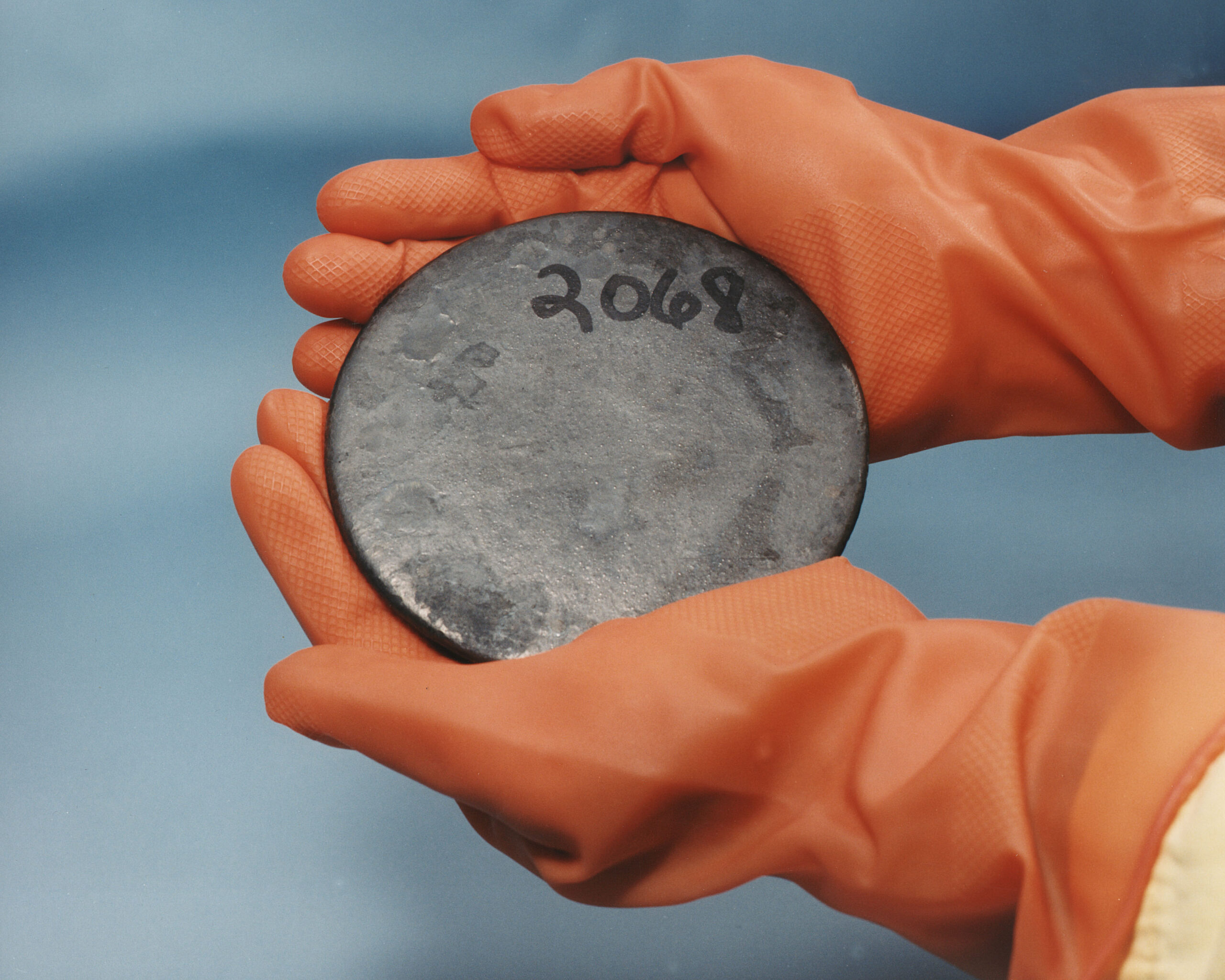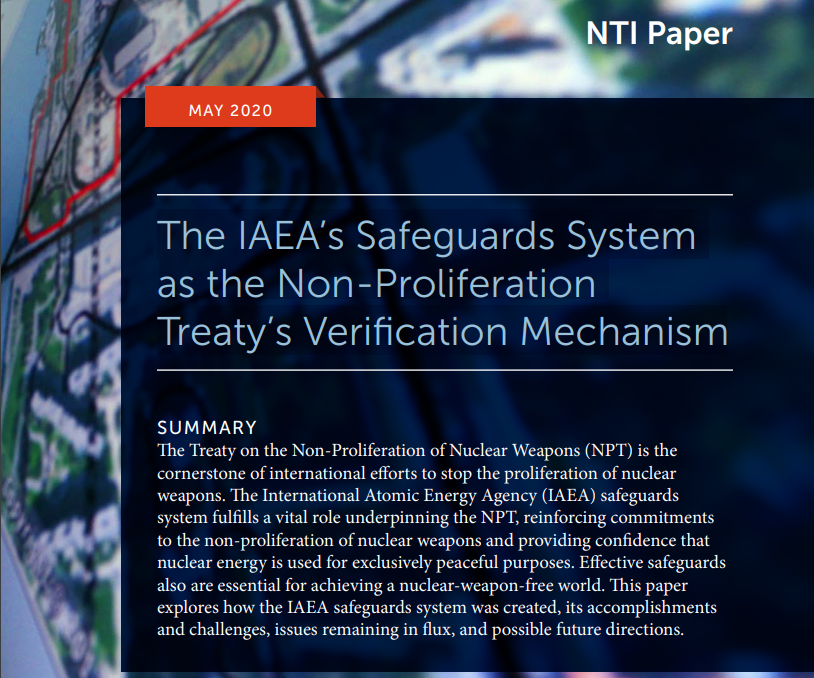
Interest in high-assay low enriched uranium (HALEU) fuel is increasing globally, in particular for small modular reactor fuel cycle concepts. In this context, a new paper written by VCDNP Non-Resident Senior Fellow John Carlson analyses the implications of HALEU for the International Atomic Energy Agency’s safeguards system and the non-proliferation regime. HALEU is uranium enriched between five and 20 percent uranium-235. Its higher enrichment compared to uranium typically used in power reactors today makes it more efficient, but also poses potential proliferation risks.

First, the paper argues that HALEU is more attractive than current low enriched uranium fuel for diversion to a clandestine nuclear weapon program. Re-enrichment of HALEU from near 20 percent U-235 to weapon-grade (90 percent or more) would only take about 40 percent of the effort needed to enrich standard power reactor fuel to this level. There are even suggestions that HALEU near 20 percent enrichment could be used directly in a nuclear explosive device. Current IAEA safeguards approaches may need to be adapted to take account of HALEU's potentially higher proliferation risk.
In addition, HALEU may revive interest in reprocessing. While there are major uncertainties about reprocessing costs for HALEU, its higher fissile content could make reprocessing more viable than is the case with LEU fuel. Unless the plutonium in spent HALEU remains in a mix with the uranium after reprocessing, this would result in increased quantities of separated plutonium. Further, the construction of additional reprocessing plants would increase the latent capability of states with such facilities to produce weapons-usable material.
Mr. Carlson concludes that the use of HALEU could require safeguards inspections to be increased in frequency and intensity, as well as being supplemented by additional technical and institutional measures, including consideration of multilateral fuel cycle approaches. He suggests that governments and the IAEA need to assess the safeguards and non-proliferation implications of HALEU to ensure that any additional measures required are introduced in good time.

